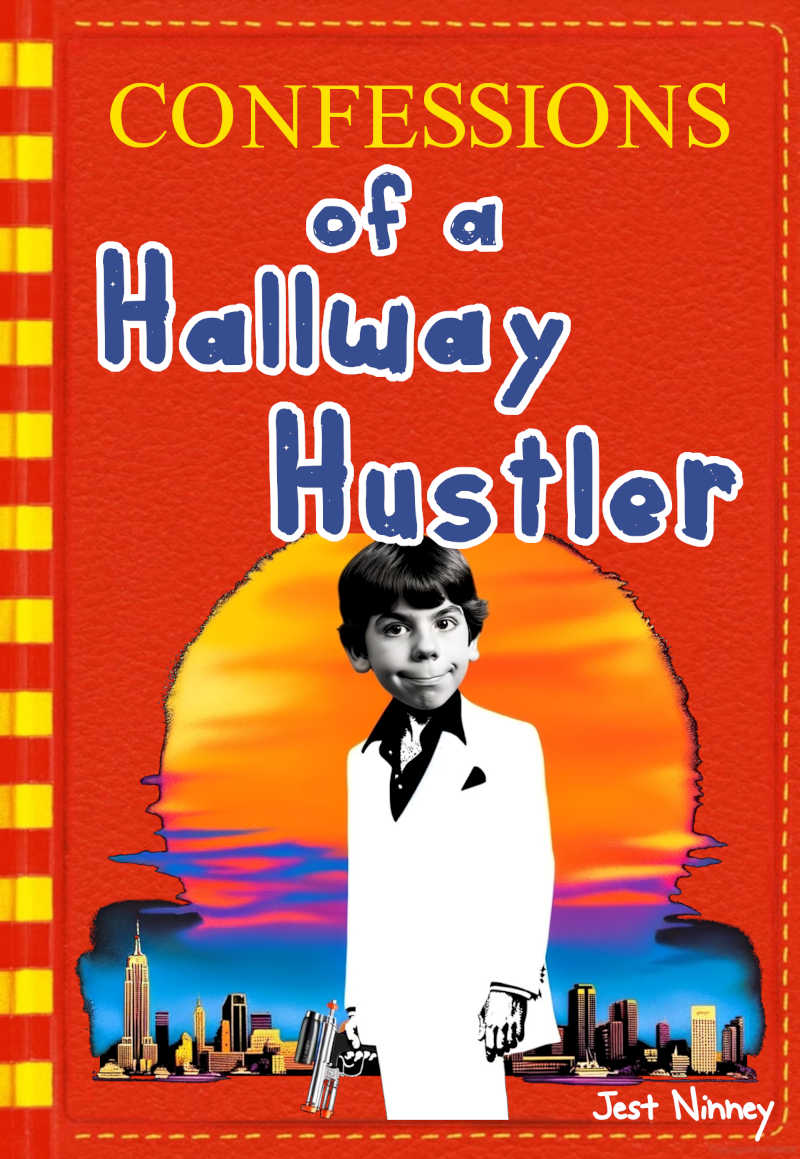Allusion
A brief and indirect reference to a person, place, thing, or idea of historical, cultural, literary, or political significance that is not elaborated on. In parody, allusions are often used to quickly bring to mind the subject being mocked or critiqued.
Caricature
An exaggerated representation of a person or thing, often used in parody to highlight specific traits or characteristics for comedic or critical effect.
Exaggeration
The act of making something more significant than it actually is. In parody, exaggeration is used to mock or critique by amplifying certain features or aspects of the original work.
Homage
A show of respect or honor through imitation. Unlike parody, an homage is generally not intended to mock or critique the original work.
Hyperbole
An exaggerated statement or claim not meant to be taken literally. Used in parody to emphasize the absurdity or flaws in the original subject.
Imitation
The act of mimicking the style, manner, or expression of another work. In parody, imitation serves as the basis for critique or humor.
Irony
The expression of one’s meaning by using language that normally signifies the opposite, often for humorous or emphatic effect. Irony is a key element in many parodies.
Lampoon
A form of virulent satire in verse or prose, which is sometimes a harsh critique of an individual or a group. It is a subset of parody that aims for destructive, rather than constructive, criticism.
Mimicry
The act of imitating or copying actions, appearance, or sound. In parody, mimicry is often used to make the subject appear ridiculous.
Pastiche
A work of art that imitates the style or character of another artist or work. Unlike parody, pastiche celebrates, rather than mocks, the original.
Satire
The use of humor, irony, exaggeration, or ridicule to expose and criticize people’s stupidity or vices. While all parodies are a form of satire, not all satire is parody.
Spoof
A lighter form of parody that takes the general styles or themes of a work and exaggerates them for comedic effect, often without a critical intent.
Subversion
The act of overturning or overthrowing something established. In parody, subversion is often used to challenge or question the original work.
Verisimilitude
The appearance of being true or real. In parody, verisimilitude may be intentionally avoided to highlight the absurdity or flaws in the original work.

